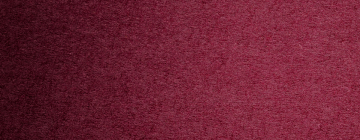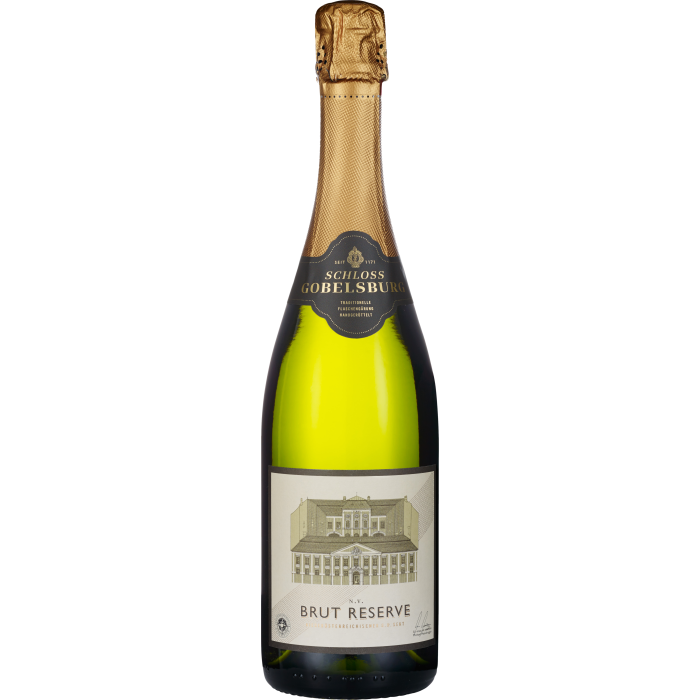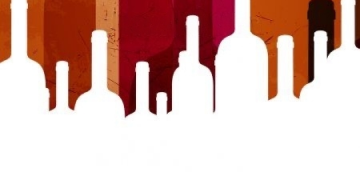Schloss Gobelsburg Brut Reserve
Schloss Gobelsburg Brut Reserve
- NV
- 750ml
- Sparkling
- 12%
- Sparkling Wine
- Gruner Veltliner,
- Riesling and Pinot Noir
- Schloss Gobelsburg
- Kamptal
- Austria
- Vintage: NV
- Size: 750ml
- Type: Sparkling
- Alcohol: 12%
- Varietal: Sparkling Wine
- Grapes: Gruner Veltliner
Riesling and Pinot Noir - Winery: Schloss Gobelsburg
- Region: Kamptal
- Country: Austria
- Vintage: NV
- Size: 750ml
- Type: Sparkling
- Alcohol: 12%
- Varietal: Sparkling Wine
- Grapes: Gruner Veltliner
Riesling and Pinot Noir - Winery: Schloss Gobelsburg
- Region: Kamptal
- Country: Austria
Located in the Austrian Danube region, the Schloss Gobelsburg winery has a very ancient history closely linked to that of the Cistercian monastery Zwettl. The production focuses on the Grüner Veltliner and Riesling grapes, cultivated in vineyards located on barren slopes and terraces in the Kamptal wine region near Langenlois and Gobelsburg.
The typical character of Schloss Gobelsburg Brut Reserve derives from the stimulating freshness of the Danube region, the high altitude vineyards, and the varietal characteristics of Grüner Veltliner, Riesling, and Pinot Noir. Grapes are collected in small boxes when perfectly ripe and immediately pressed. After 6 to 12 months of aging in barriques, the wine is bottled for a second fermentation. It rests on the lees, which contributes to its creamy consistency, for 2 or 3 years before being disgorged.
In the glass, it shows a beautiful golden color with silver reflections and elegant effervescence. The aromatic profile, which is intense and complex, shows a hint of straw and hay, and then characters of yeast and toast, with delicate citrus notes on the finish. In the mouth, the lemon flavors come back, but the palate is round and harmonious with fresh and lively foam and vibrant acidity.
It goes beautifully with fish and soups, but is also delicious on its own as an aperitif.
Schloss Gobelsburg Brut Reserve










Good selection, fair pricing, and accurate delivery times.